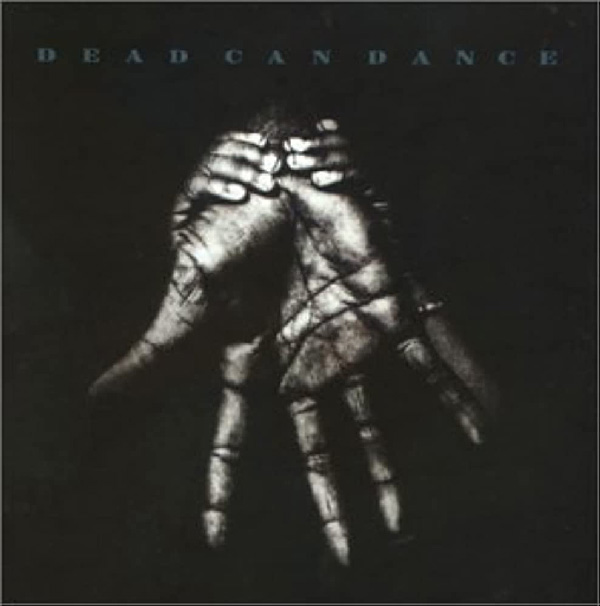| Columns Retired Columns & Blogs |
Interesting Kef's on the ball and used Class-D amps everywhere but for the highs, where they used Class-A/B
I've always said in the past Class-D's Achilles heel is the highs because of the phase shift caused by the low order output filter to get rid of the class-d switching noise.
As you can see, Class-D output impedance rises in the highs because of the switching noise output filter.(blue trace)
And the worst thing is the phase shift increases right down into the upper mids because of that low order output filter for switching noise elimination (red trace)
Cheers George















































